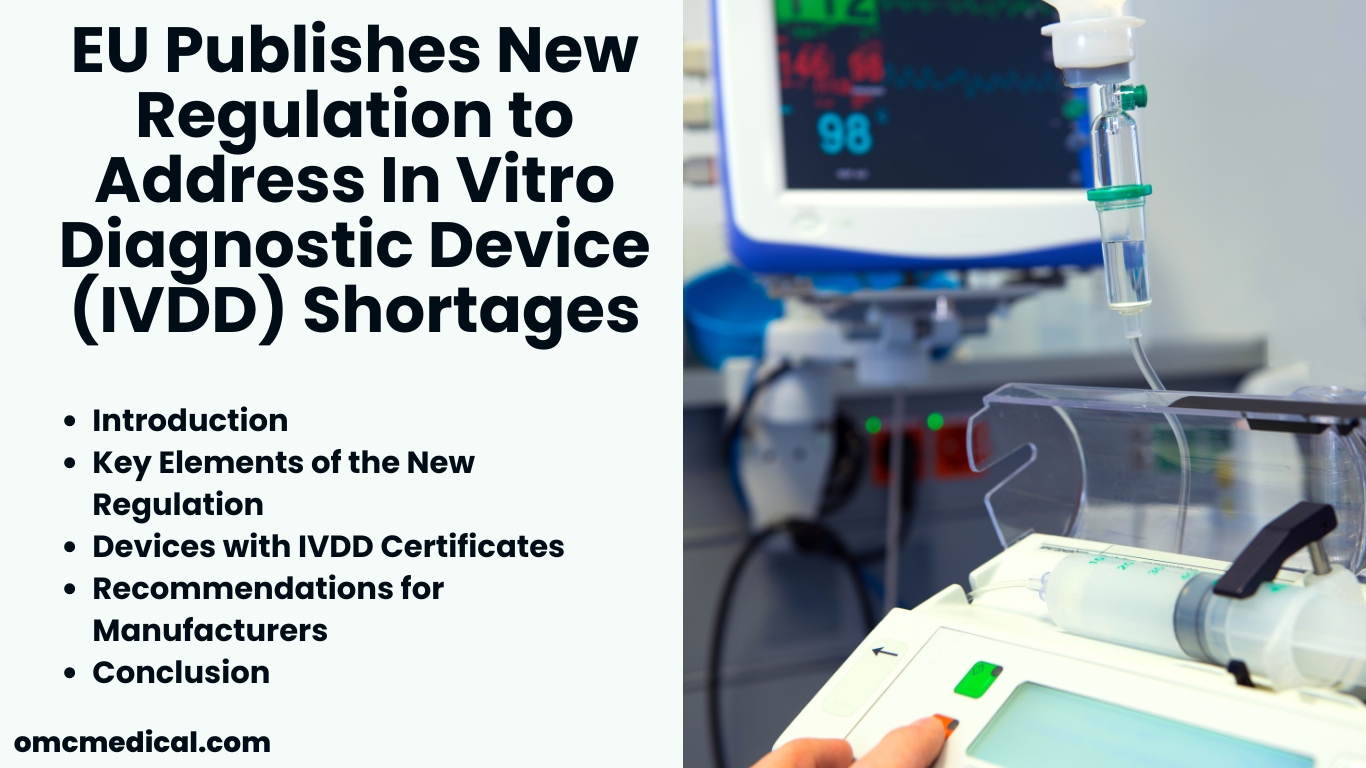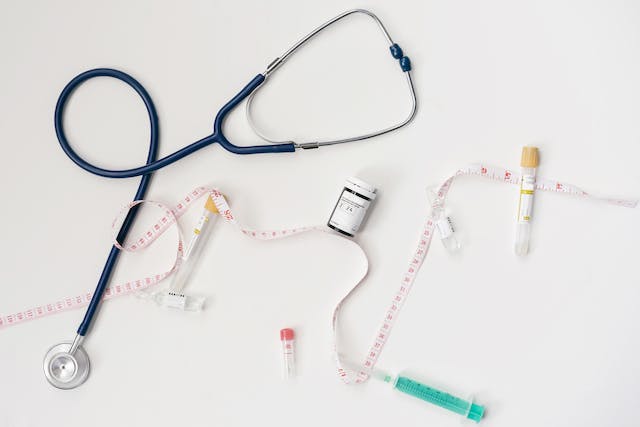Summary of Safety and Clinical Performance (SSCP) acts as a vital document that allows the public to access information quickly. The information in the SSCP can be sourced entirely from the technical file.
The technical file consists of the Post Market Surveillance (PMS), risk assessment, post-market clinical follow-up (PMCF) plans and reports. The SSCP document is required for high-risk devices only-this includes Class III and all implantable devices.
Manufacturers of custom-made or investigational devices need not produce this document. Implant card together with SSCP enables an efficient system to access device information.
SSCP for medical devices under MDR
Under MDD, the information on medical devices was not easily attainable. Therefore, the end-users of most medical devices were deprived of information regarding even high-risk medical devices.
As a result, medical devices under the directives lacked clarity. The main reason why SSCP is introduced is that MDR, unlike the directives, brings accessibility of information into account.
The SSCP should be made available on the EUDAMED website for easy access. It should be assigned an identifier that remains the same throughout the document’s lifetime. This identifier is not subjected to changes even when the content of this document is revised.
Language and readability requirements
SSCP follows the MDR language requirements like the other technical documents, such as Instructions for Use. All intended users within the EU understand no single language.
Therefore, language translations should be made available to intended users and patients. The SSCP should be translated into the languages accepted in the Member States where the device is intended to be sold.
Healthcare professionals widely understand English. Having an English translation available is essential, even if it is not available in selecting the official languages of each Member State. This enables the access to information that EU MDR strives to achieve.
While preparing SSCP, readability is an essential factor. The manufacturers must bear in mind to produce two sections. One part for intended users/healthcare professionals, and a second part for patients if applicable.
It is recommended to use an appropriate method to confirm that the document is understandable to the member of both categories. Further guidance on the readability, translations and other factors involved in SSCP can be found in the MDCG guidance on Summary of safety and clinical performance.
Sections of Summary of Safety and Clinical Performance
Article 32 of the EU MDR states some sections that are a must. The manufacturer may add further information from the Technical Dossier/File if relevant to the users.
The following sections are mandatory in an SSCP for healthcare professionals:
- Details of the device and manufacturer (including UDI details).
- Intended use of the device.
- Description of the device and its components. Previous variants of the device.
- Indications, contraindications, and target demographic.
- Details of residual risks, undesirable effects, warnings, and precautions
Risks, undesirable effects, and warnings should be mentioned in SSCP. Other relevant aspects of safety, serious events, and a summary of any field safety corrective action must be included if applicable.
- A summary of the Clinical Evaluation of the device.
This section is intended to summarise the clinical evaluation results and the clinical data, the evaluation of undesirable side-effects, and the benefit-risk ratio’s acceptability.
It is an objective and balanced summary of the clinical evaluation results of all the available clinical data related to the device. It should comprise favourable, unfavourable, and inconclusive data.
- Conclusions based on evidence and the safety and performance of the device.
- Suggested profile and training for users
- Applied harmonised standards
All commonly applied specifications and international standards harmonised and adopted monographs should be listed in SSCP.
- Revision history
Revision history should contain details such as revision validated by Notified Body (NB) and the language of SSCP validated.
A patient-specific SSCP template follows the same high-level structure as the clinician SSCP but does not include the reference to harmonized standards and common specifications. This decision focused on the information most relevant to patient health.
Validation of SSCP
When the Notified Bodies (NB) have assessed that all the required elements are included in the draft SSCP with the most current version of relevant documents in the TD, the SSCP has been validated by the NB.
SSCP validation may depend on the class of device and the conformity assessment routes chosen. More guidance on validation by NB can be found in the MDCG guidance on SSCP.
Uploading SSCP to EUDAMED
SSCP should be made available online for the users who intend to read the document. It is uploaded in EUDAMED by the Notified Bodies, the only actor managing the SSCPs in EUDAMED.
After each validation process, NB shall upload the updated SSCP by replacing the older version. However, once the ‘master’ SSCP is uploaded, it is up to the manufacturer to upload the translations to EUDAMED.
FAQs
What resources can be used for the SSCP?
The technical files like the design validation report, risk management report, clinical evaluation report (CER), as well as Post-Market Surveillance (PMS) and Post-Market Clinical Follow-up (PMCF) reports.
The Instructions for Use of the device can also be used as information for preparing the SSCP. Please note that SSCP cannot replace the IFU.
How frequently should SSCP be reviewed or updated?
The SSCP should be ideally updated annually. Documents like the PMCF evaluation and periodic safety update reports (PSUR) are updated annually. It is recommended to update SSCP along with the other technical documents.
How can I access the SSCP?
SSCP will be made available with the launch of the EUDAMED database. SSCP is accessible to both healthcare professionals and patients. SSCP has clear information for healthcare professionals with prior knowledge of medical terminologies.
In addition to this, SSCP should also contain a section that patients of different levels of expertise easily understand.
When should a manufacturer of Class III medical devices prepare SSCP?
SSCP should be made available at the time of registration.
Is there a similar requirement under IVDR?
Article 29 of In Vitro Diagnostics Regulation 2017/746 (EU IVDR) describes a requirement like the SSCP: the Summary of Safety and Performance (SSP).
The SSP requirements are almost identical to those of the SSP, replacing ‘clinical’ for ‘performance’ evaluation. Also, it includes a requirement for metrological traceability of assigned values intended for analytes used in IVDs.
For more information on IVDR, read our article on IVDR 2017/746.











